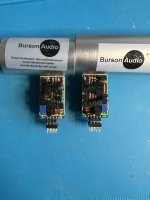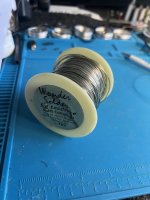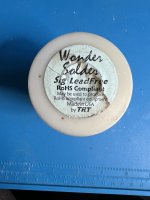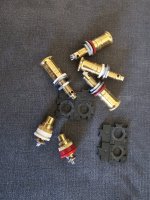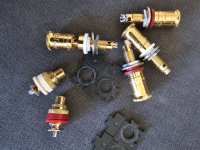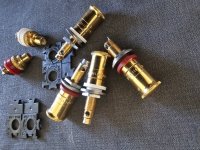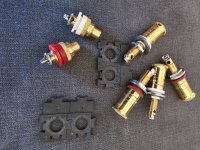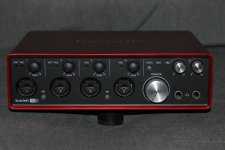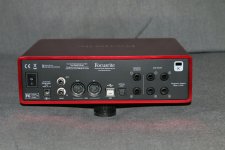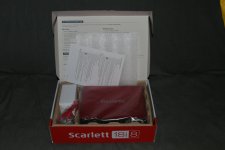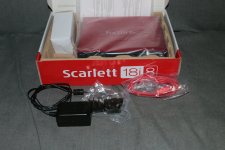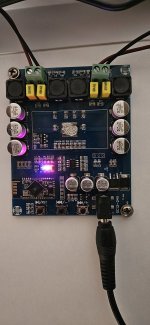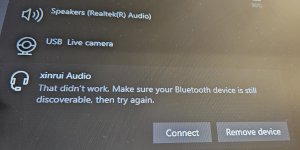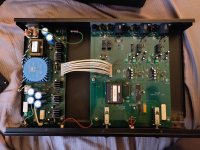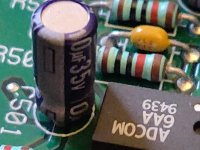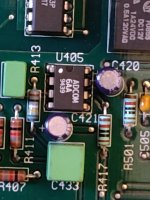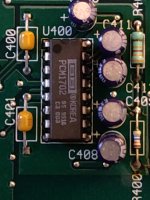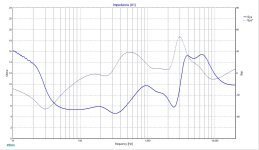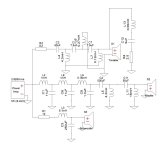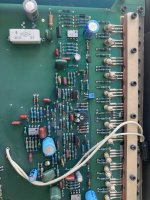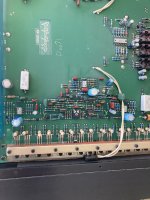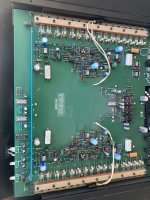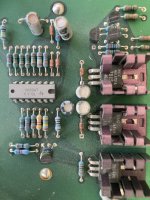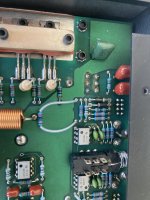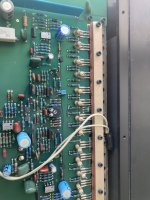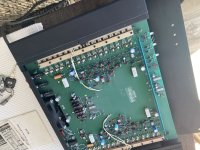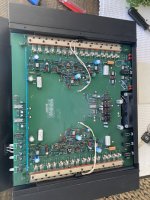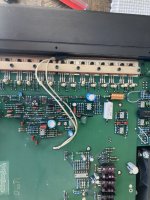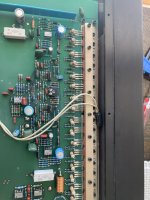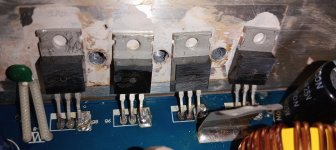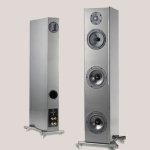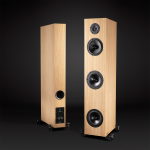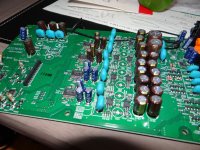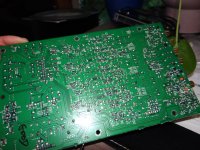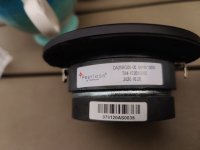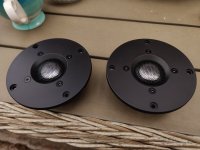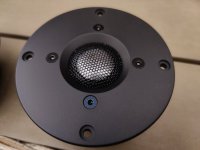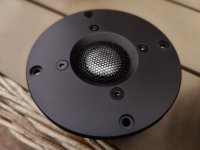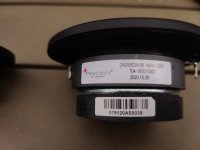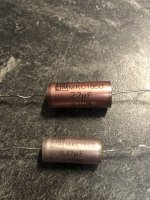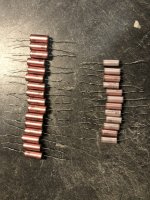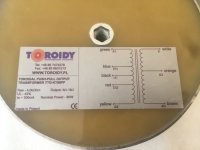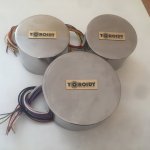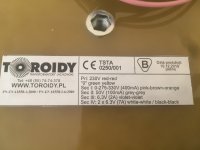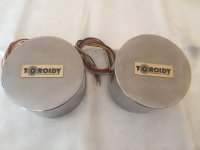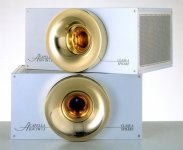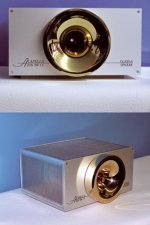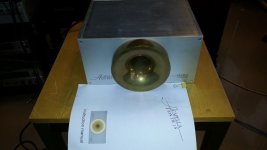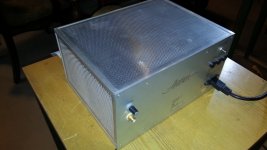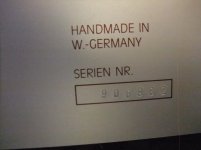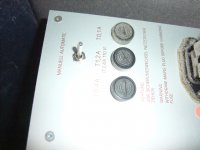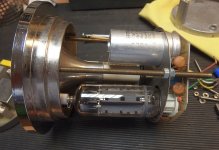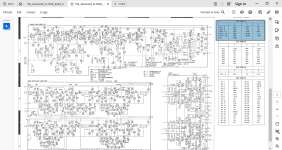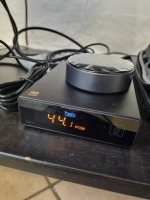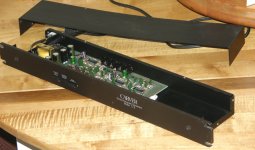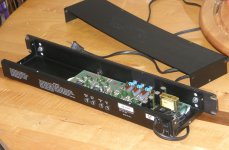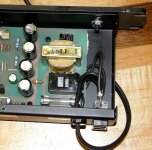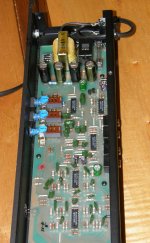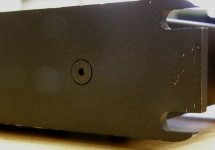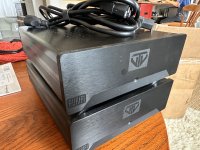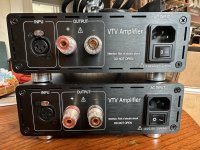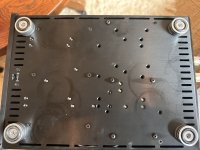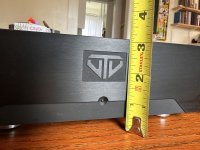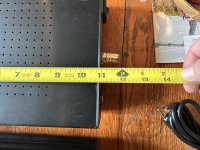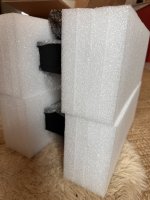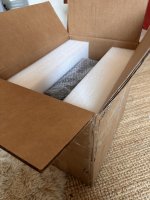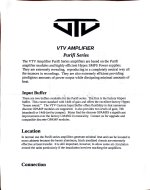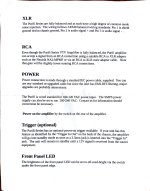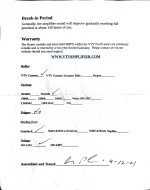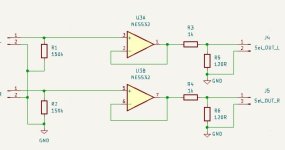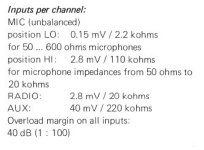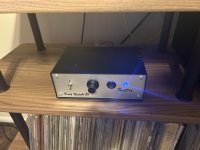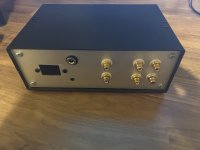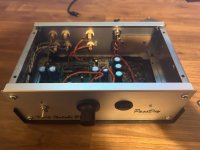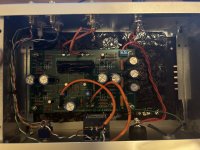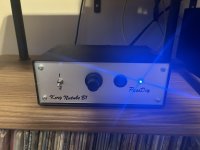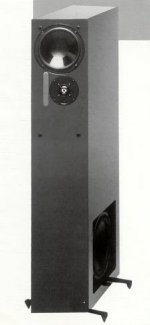Hi Folks,
I have just run out of the last set of Ready to Run Solid State Relays (RTR SSR) speaker protection boards from GB4.
For those of you not familiar with this board, the
original thread is here and you can see that it adds no distortion. There are now 400 units operating in the wild and no complaints or issues. This means 400 more speakers are practicing “safe music”.
🙂
This seems like a useful product or audio “tool” that enthusiasts will continue to like to use. I would like to start a GB5 interest list. Jhofland was kind enough to redesign it to accommodate a newer voltage regulator since the ones we used on the previous units are no longer available. The older ones were special and able to handle voltages up to 150v and produced 15v out. We will have to use one that now has a maximum input of 35v. So this means that if your amp’s rails are more than 35v, you will need a separate lower voltage PSU or secondary winding for auxilary power circa 15vac secondary. Only 20mA is needed and you may be able to get away with wrapping some secondary magnet wire around your existing toroid to scavenge some extra low voltage power.
Here is the new schematic Rev 2.3:
A small Low capacitance PSU bonus board (unpopulated) will be provided so you can use it to make DC from your trafo’s secondaries to allow anti-thump turn off.
I still need to price it but I suspect prices have gone up on parts and will be circa $65ea once the GB is over. Those who pre order under the GB can get them for $50ea fully built and tested. As the name suggests - it is RTR. You just need to connect a PSU and connect to your amp output and speakers. A set of Molex KK 2 pin connector shell and crimp terminals will be provided.
They will look very close to the units from GB4. We will still use the IXYS FDA215 optically isolated gate driver chip.
Low capacitance PSU bonus board:
Please add your name, number of units you are willing to pre-order, and country below.
To make this viable, we will need commitment from folks for at least 30 units.
For example:
Name / number of units / country
—————————————————-
xrk971 / 10 units / USA
A big thanks to Jhofland for making this superb design for a transparent and low distortion solid state speaker protection relay.
Update Dec 20, 2022: Great news - it turns out that the 150v capable voltage regulator used on the last GB is now available, so I am able to offer the identical unit as GB4 and there will not be a restriction on the input voltage to a 35v maximum anymore. You can basically power it with any reasonable main psu rail voltage. Schematic is given above (before the 35v reg was instituted).
